If you require yard privacy but can’t install a fence, you have other options. Trees, bushes, and vines can help you create a private oasis.
See our top picks:
Cacti
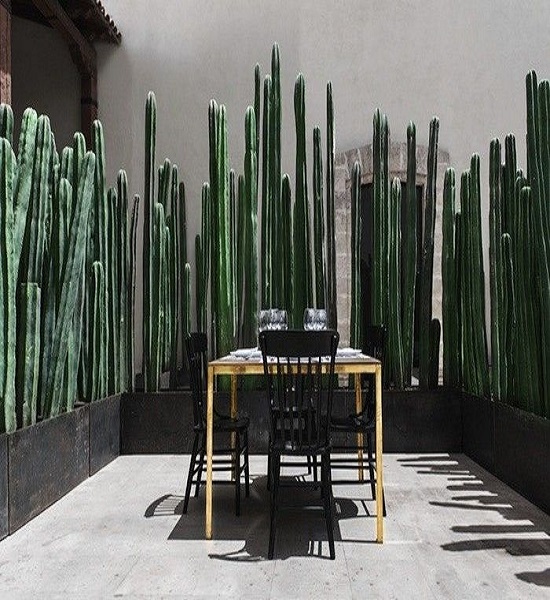
Planting cacti in your garden will give it a contemporary feel. For those who live in an environment that is hot and dry, this is a great option.
Boxwood
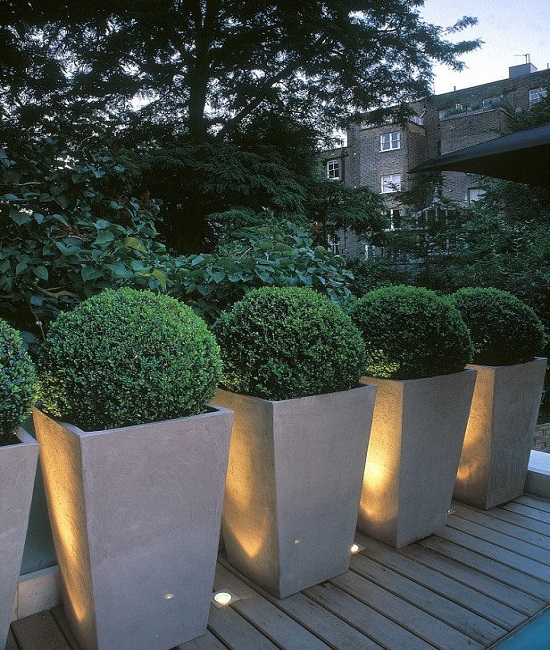
Boxwood is another beautiful choice for the ground. Trimmed into spheres or hedges, it has a charming English garden look. If the boxwood’s height isn’t important to your privacy screen’s design, you don’t have to wait for it to mature before planting it.
Artificial Boxwood
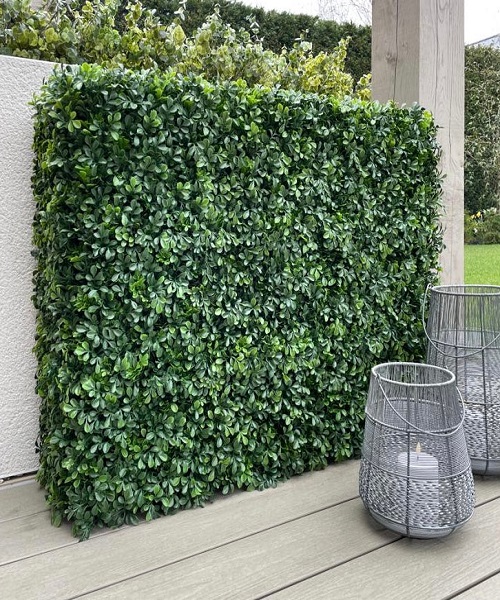
If you don’t have the time or money to cultivate hedges in your garden, or if you don’t want to spend on their upkeep and maintenance, consider using artificial plants.
Bamboo
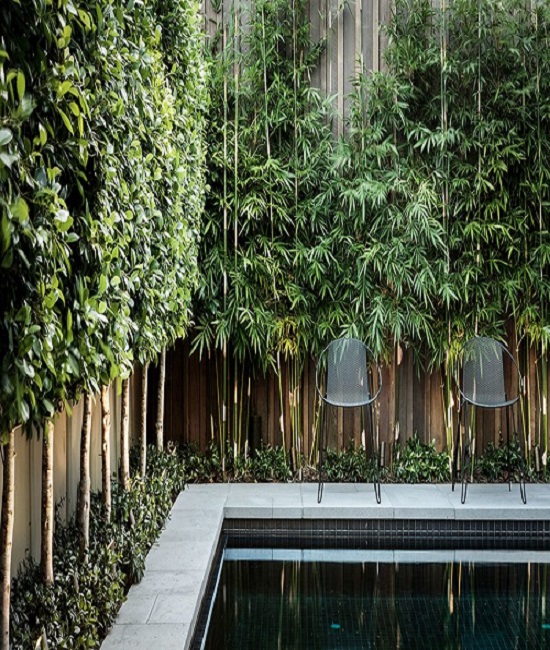
Using bamboo as a privacy screen is a quick and easy way to create a rich and exotic landscape. Choosing a slow-spreading, clumping type of bamboo, or putting it in large raised containers, can help keep it under control.
Privet
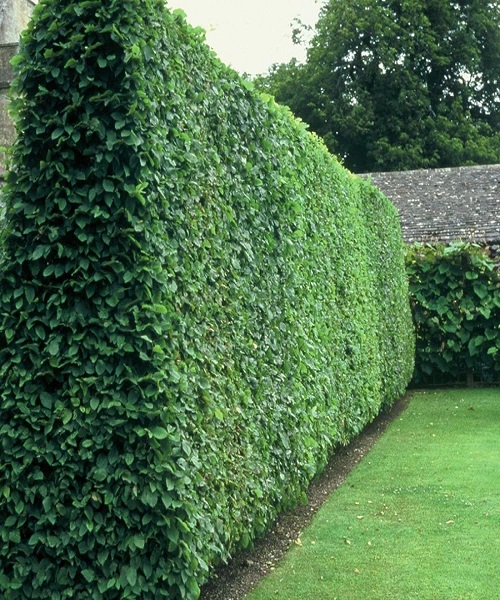
Privet can take a long time to grow into dense hedges, so keep this in mind when selecting it as a privacy plant for your backyard. You’ll need a landscaper to handle this.
Italian Buckthorn

There is a good chance that the Italian Buckthorn would be a good fit for your landscaping needs. Because of its upright design, it adds an air of neatness and refinement to your backyard.
It’s also an excellent option for a gloomy wall or a building that doesn’t require total cover.
Vines
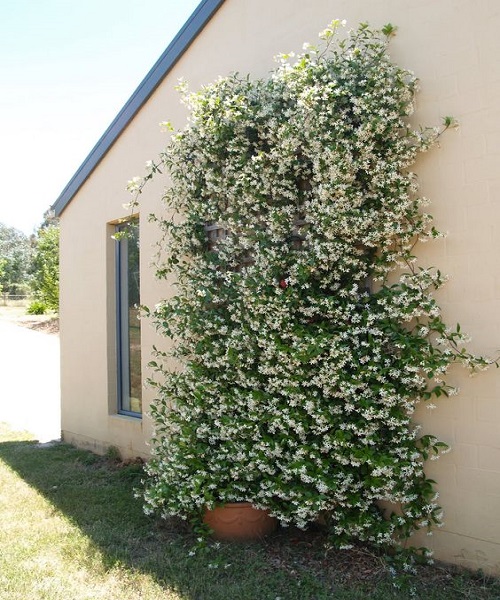
Add some vines to your fence if you already have one but aren’t satisfied with the level of privacy it provides. Clematis is a fast-growing vine that can produce beautiful blossoms to brighten your landscape.
Arborvitae

Planting arborvitae alongside other species is an excellent idea. Arborvitae and other trees and shrubs, such as boxwood, can be used to create a beautiful backyard garden.
Red Twig Dogwood
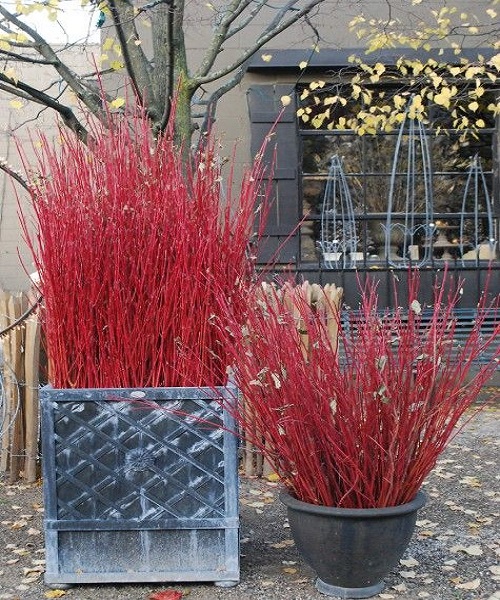
It is a deciduous tree, but when it loses all of its leaves in the fall, the branches turn a bright red. Furthermore, it can withstand temperature variations and even damp soils. Despite its small stature, this shrub can grow to a height of 8 feet and a width of 10 feet.
Chocolate Vine
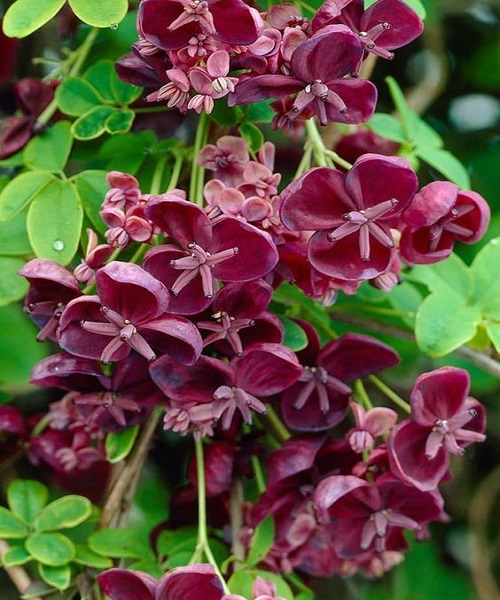
Using the chocolate vine as a fence filler is an excellent option if you currently have a fence that has gaps or holes. In early summer, this perennial climber, often called five-leaf akebia, forms a dense mat of green leaves and fragrant purple flowers on a trellis or fence.

